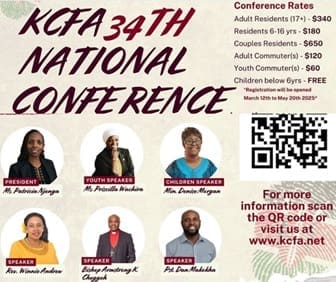
What could lead young girls especially university students to engage in prostitution, a trade that has been regarded time immemorial as evil profession associated with low level of the society and the uneducated.
The issue of increased prostitution in Kenyan universities is complex and multi-faceted. It’s not about blaming one specific group or factor, but rather understanding a combination of socio-economic, cultural, institutional, and individual factors that contribute to the situation. Here’s a breakdown of some key contributors:
1. Economic Pressures
High cost of living and tuition: Many students come from low-income backgrounds and struggle to afford tuition, accommodation, food, and other essentials.
Limited financial support: Inadequate government funding, delayed disbursement of loans from HELB (Higher Education Loans Board), and lack of scholarships leave many students desperate for alternative income sources.
2. Peer Pressure and Lifestyle Aspirations
Some students are influenced by peers or social media to adopt lavish lifestyles (fashion, gadgets, clubs) that are beyond their means.
The desire to fit in or keep up appearances can lead to engaging in transactional sex or “sponsors” relationships (older, wealthier partners who provide financial support).
3. Institutional Gaps
Lack of student support services: Mental health, career counseling, and financial aid services are often insufficient or inaccessible.
Lax regulation and oversight: Universities may not have adequate measures in place to monitor and address exploitation or trafficking.
4. Cultural and Social Norms
A shifting moral landscape, where transactional relationships are sometimes normalized or glamorized.
The portrayal of sex work as a quick fix to poverty or financial struggle in some media and online platforms.
5. Technology and Social Media
Easy access to online platforms and apps that facilitate “hook-ups” or escort services.
Social media influencers or personalities sometimes glamorize lifestyles funded by transactional relationships.
6. Gender Dynamics
The issue disproportionately affects female students, often because of gendered expectations and vulnerabilities.
Male students may also be involved but are less likely to be discussed in public narratives.
Rather than placing blame, it’s more constructive to look at solutions: improving financial aid systems, increasing awareness and counseling services, enforcing laws against exploitation, and fostering a culture of integrity and support within universities.







